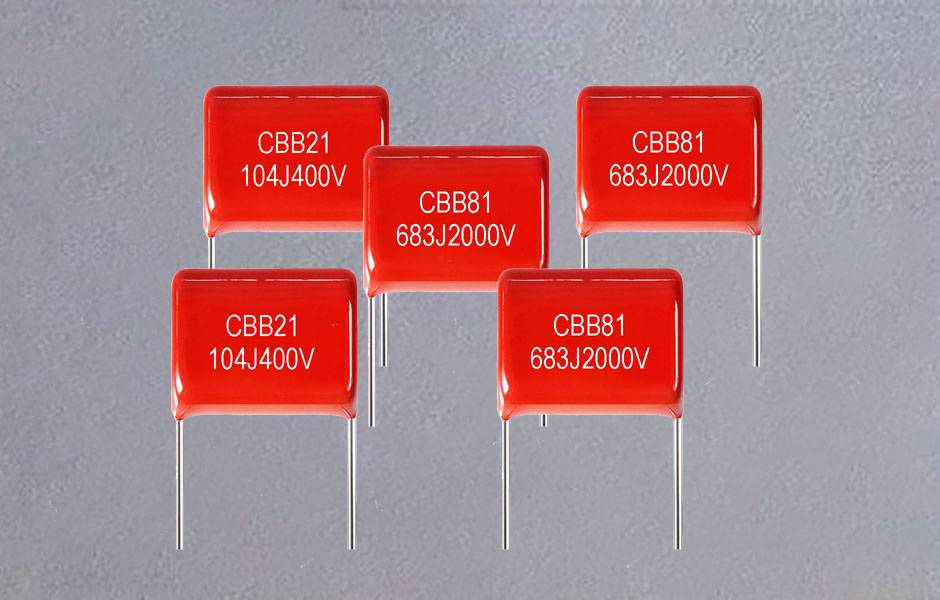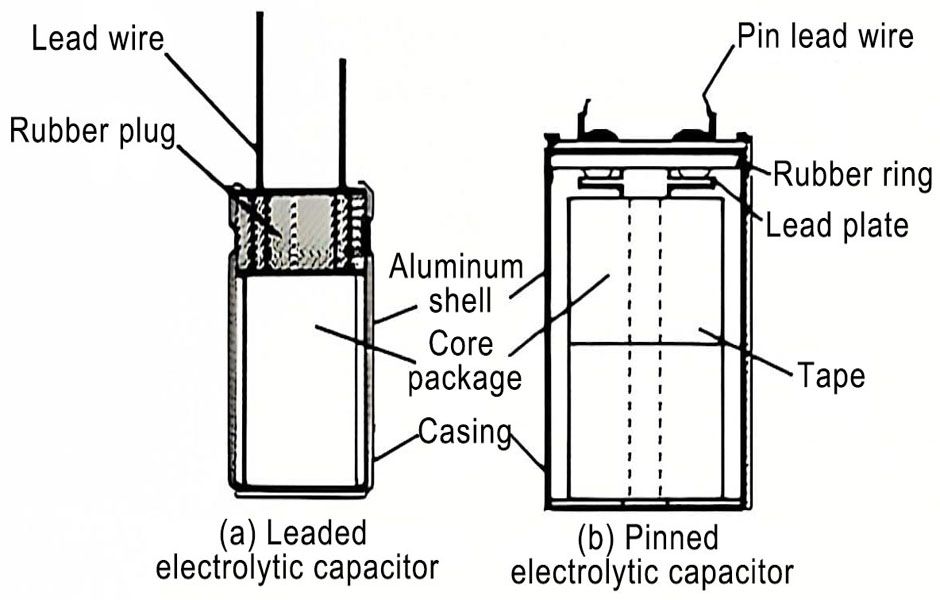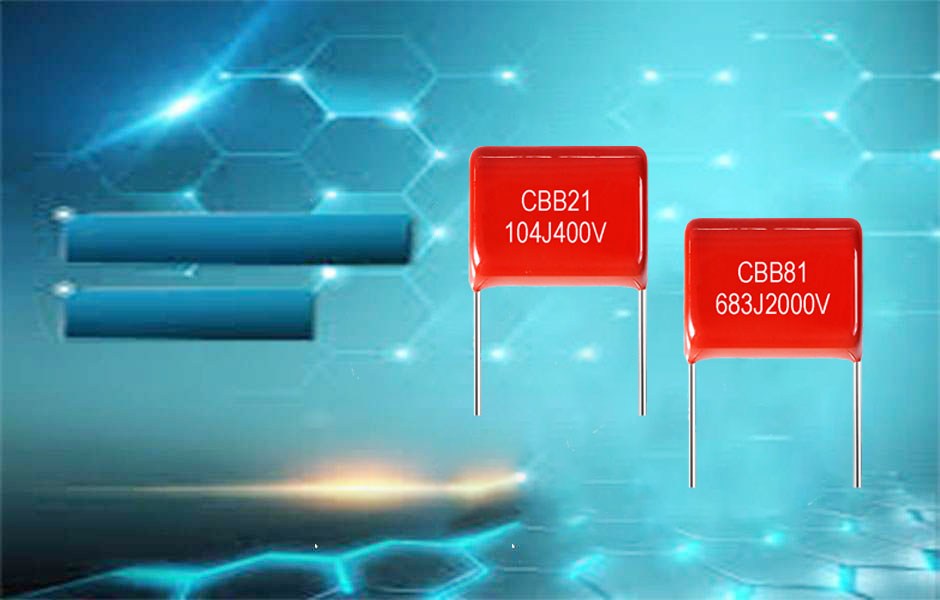🌟In the last article, we introduced that electrolytic capacitors have high specific capacitance, self-healing characteristics and high working electric field strength.
🌟Today, we continue to introduce the performance characteristics of electrolytic capacitors:
✨Large rated capacity:
Since the anode of the electrolytic capacitor is manufactured by processes such as electrochemical corrosion foil or powder sintered porous block, it has a very high effective specific surface area. Secondly, an electrochemical anodic oxidation method is used to form a high dielectric constant metal oxide dielectric film. Therefore, the electrolytic capacitor can easily obtain a capacitance of hundreds to thousands of microfarads (μF) in the lower working voltage range. Coupled with aluminum foil winding technology, low-voltage aluminum electrolytic capacitors can even realize capacitors with a capacitance of Farad (F).
✨Unidirectional conductivity:
Unidirectional conductivity is called “polarity”. In application, the circuit should be connected in the positive and negative directions of the power supply. The anode (positive) of the capacitor is connected to high potential, and the cathode (negative) is connected to low potential. Once the wrong connection is made, the oxide film will not be able to self-heal. Not only will the capacitor fail to function, it will also cause a large leakage current, which will cause a large amount of heat inside the capacitor within a short period of time to aggravate the damage to the oxide film, and then fail and damage, and in severe cases, it will burn and explode.
✨The working voltage has an upper limit:
Since the oxide film dielectric is formed by an electrochemical anodization method, as the oxide film becomes thicker, it becomes more and more difficult for metal ions and oxygen ions to pass through the oxide film, which leads to an infinite increase in the anodizing voltage.
At present, the maximum voltage of aluminum foil can reach 1100V, and its corresponding rated working voltage is generally 700V. The oxide film of the tantalum powder sintered block reaches a voltage of up to 500V, and the corresponding upper limit of the rated working voltage is 150V.




